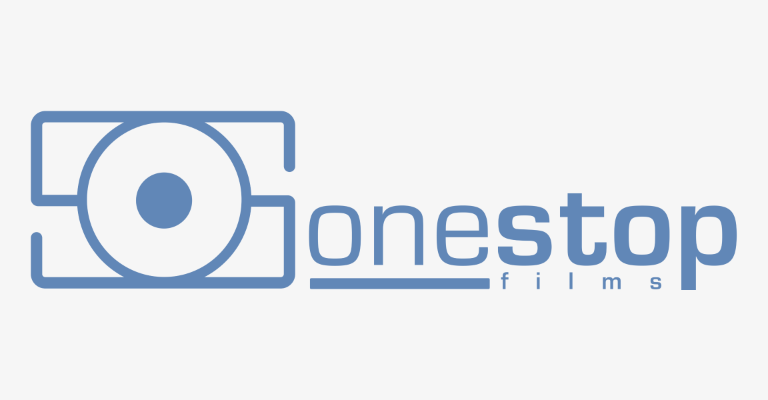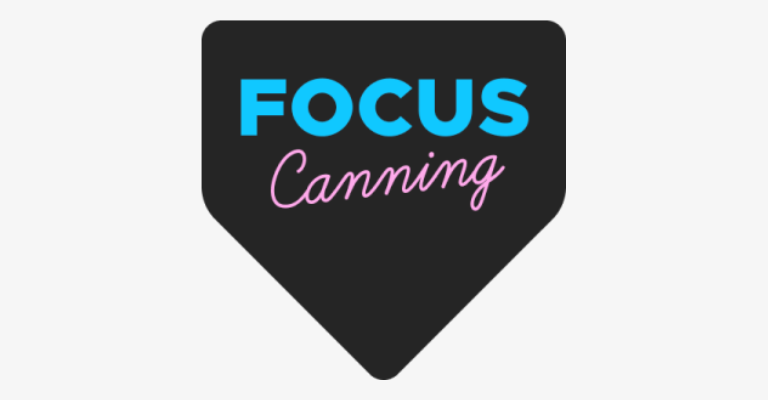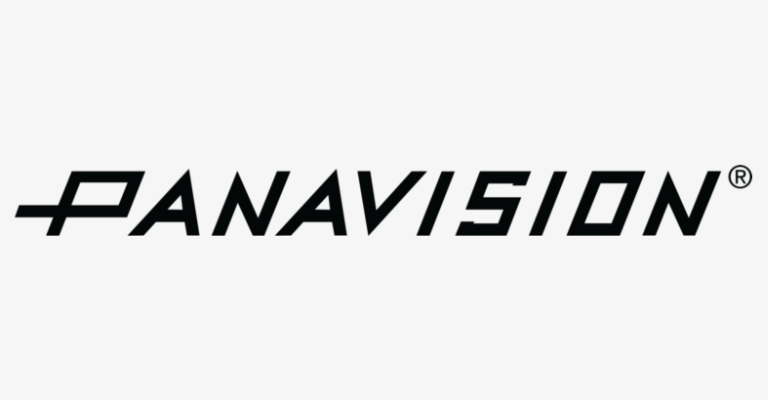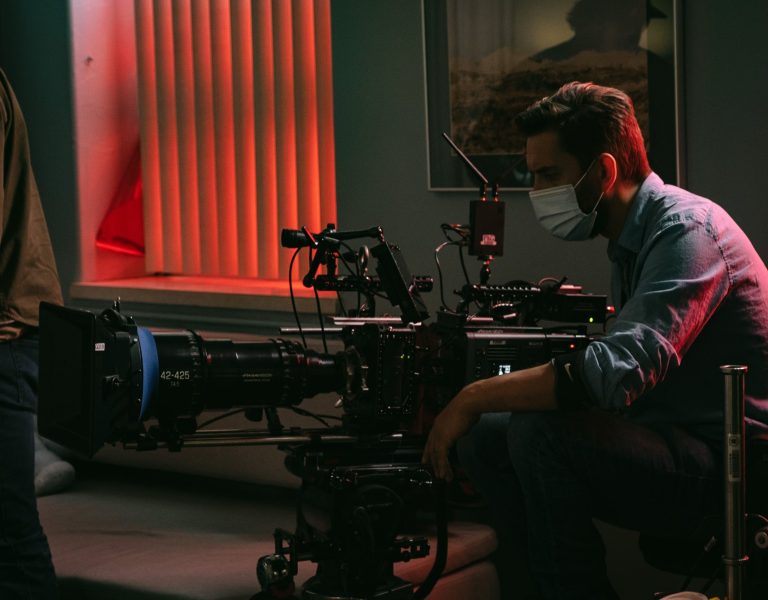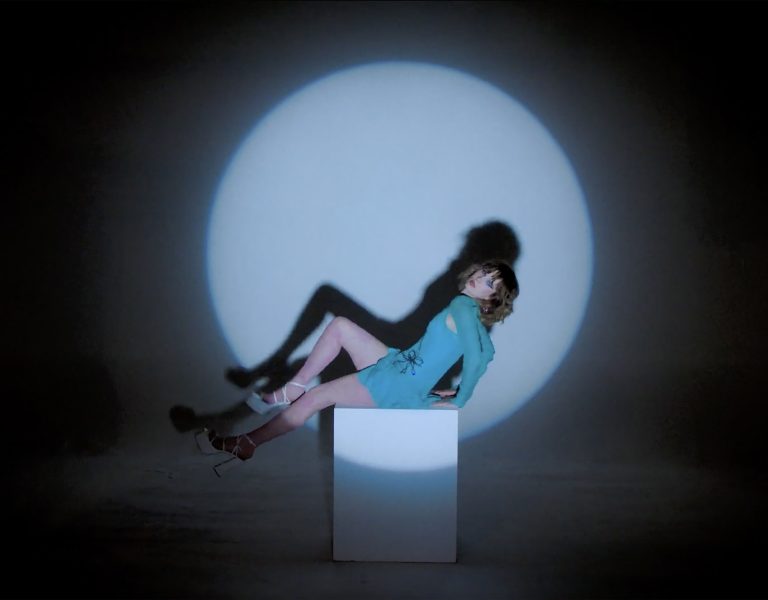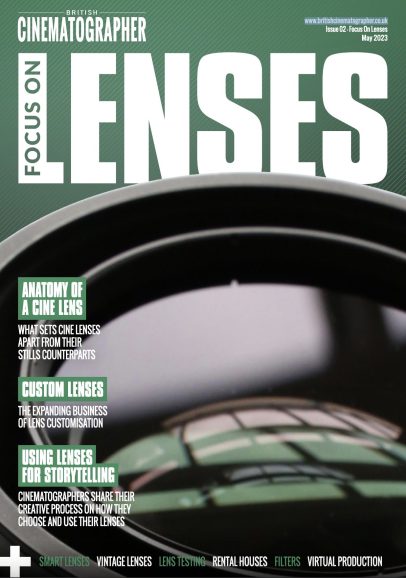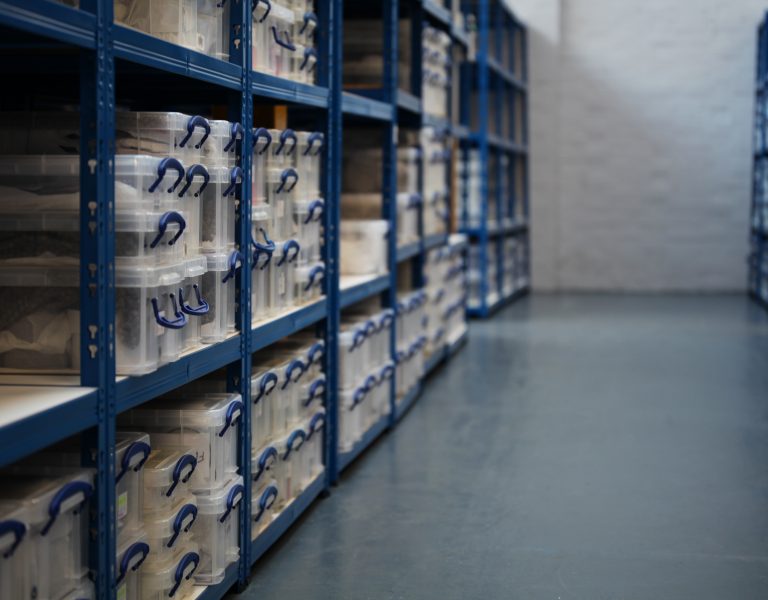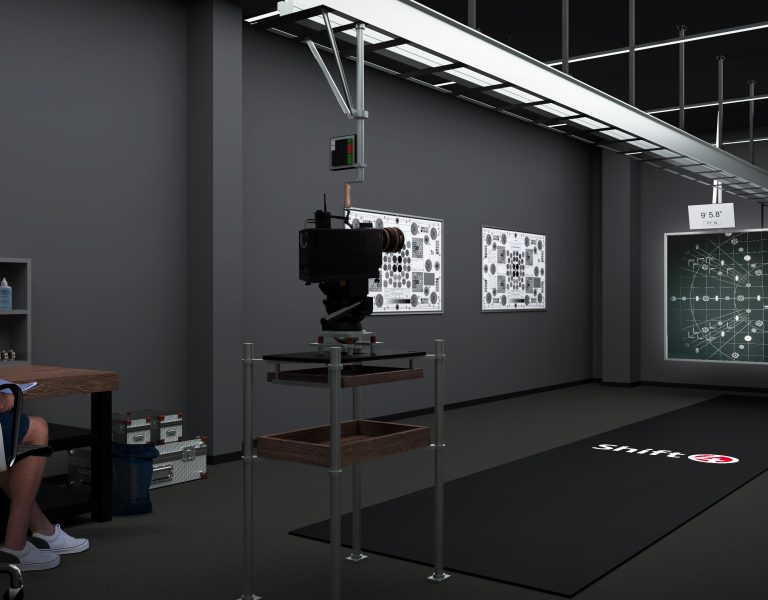Vintage lenses can be an invaluable part of cinematographer’s armoury, but using them effectively can be a balancing act.
It’s no stretch to point out the popularity of vintage lenses, and finding a balance between that expressive gloss and the danger of distracting the audience is a compromise modern cinematographers often encounter. After three features and a short with director Brandon Cronenberg, cinematographer Karim Hussain CSC has become very familiar with walking that fine line.
“On Brandon’s films Possessor and Infinity Pool, we really went with vintage lenses,” Hussain recalls. “On Possessor we used the Canon K35s, rehoused vintage lenses from the ‘70s. When Andrea Riseborough’s character is not possessing someone, and is outside in the real world, we went for more depth of field. We were between 2.8 and 4. When she was inside the machine, we went wide open on everything.”

Moderating the vintage effect with aperture changes is a favourite technique, and Hussain points out that “K35s have a lot of blooming characteristics and chromatic aberration when they’re wide open, which help create a very surrealistic environment. But if you stop down to 5.6, a K35 will look like a Zeiss Super Speed, the classic non-Panavision lens of the late ‘70s and ‘80s.”
Hussain’s prototypical example of a lens which may only look vintage at wide apertures is the Helios-44 series of 58mm lenses, famed for its spherically distorted defocusing. “We love Helios-44, we use them. But… you’re going to shoot it wide open.” Tools of the modern camera department help normalise the less-ideal behaviours of a lens – such as contrast reduction – while enjoying its more likeable quirks. “With your DIT,” Hussain confirms, “if you want more contrast, it’s very easy to put a LUT in.”
Vintage lenses, including those K35s, often appeal mainly to the well-funded, and that healthy market has provoked releases such as Cooke’s Panchro Classic range, offering vintage results without compromise to ergonomics and reliability. Hussain mentions P&S Technik’s Kowa Anamorphics: “a 2:1 anamorphic that’s meant to mimic the 1970s Kowa. They bow a lot, with anamorphic distortion on the sides, so if the director wants straight lines in the movie that’s the wrong lens to choose. The Atlas Orions have straighter lines, and a pretty organic feeling to them. I think Laowa is coming out with a series called the Proteus which have different colours of flares, which is interesting.”
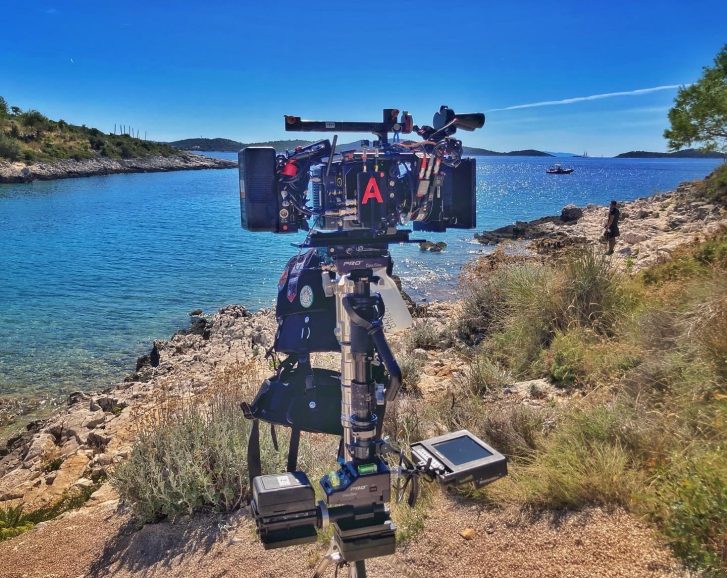
Another modern reinterpretation is the MasterBuilt set, which the company describes as having ‘optical precision [with] vintage character’. Hussain describes them as “a simulation of the K35-ish soft look and I think they’re quite good. I’ve done one feature and one commercial on MasterBuilts. They ghost a bit, even without any filtration… sometimes you get some reflections, not flares but ghosting of highlight windows. I use the Cinefade a lot to have depth-of-field freedom without having to change the lighting… Usually when you see ghosting, it’s the Cinefade – so pull it off – but MasterBuilts ghost themselves!”
Deliberately leaning away from conventional ideals of sharpness, contrast and cleanliness is, as Hussain puts it, a solid reason to “test things very meticulously. Sometimes you think that’s too much. On Infinity Pool there’s massive hallucination sequences – is there anything that’s too much? Actually, yes, there is, because you have to get a minimum amount of information across on the screen. Two thirds of tests are rejected.”
Tests inevitably involve a lens and a camera, and Hussain notes that lens behaviour may not generalise between cameras. “You need to know how the sensor you’re using will react to the lens.” Developments such as ARRI’s textures for the Alexa 35 affect things too. “I think the Alexa 35 combined with vintage lenses will be an interesting new tool. I’m preparing to do an Alexa 35 movie this year, my first one, so I’ll be testing every single image texture and lens combination that makes sense for the narrative, to see which is the correct formula.”
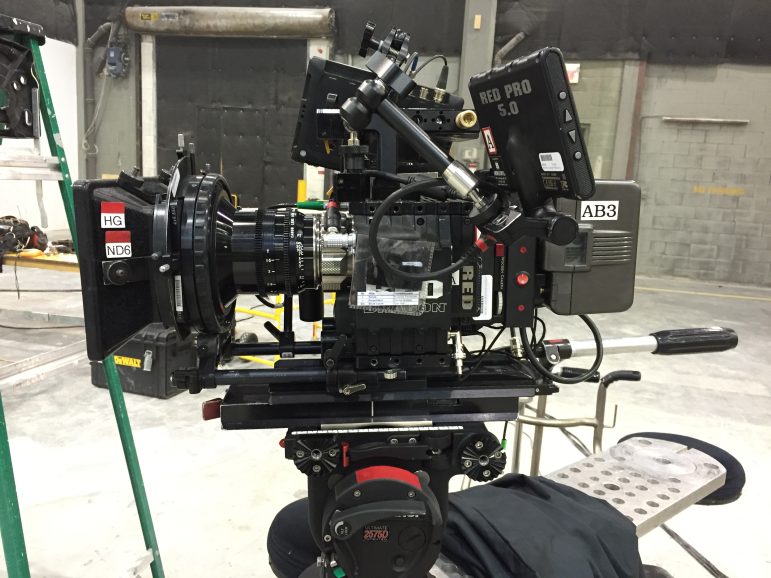
–
Words: Phil Rhodes







